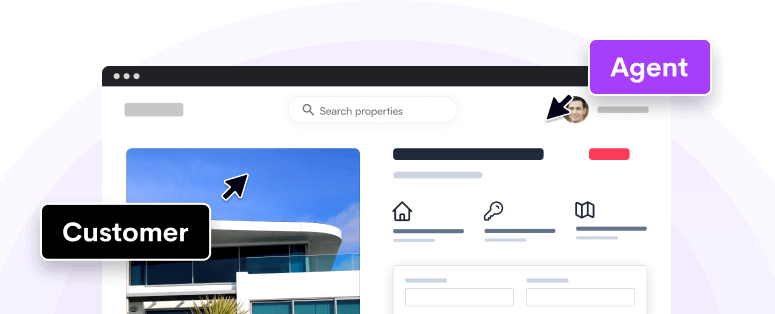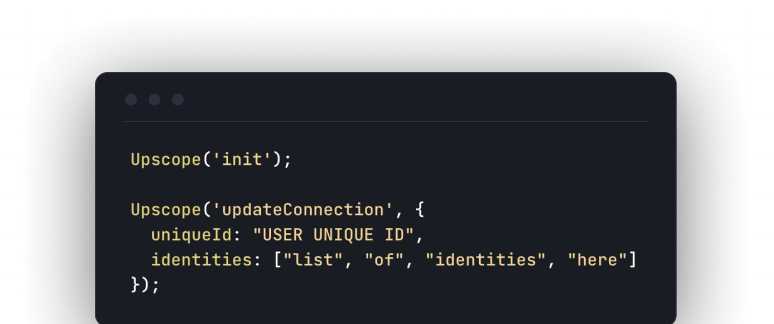This lessons learned series is part of our live SaaS resource list we're
building while launching a new product.
Someone once said "It's all ratios". Their point was that if 1 in 8 people
that viewed your advert consequently signed up and paid then you'll know how
much to spend on advertising and what the return would be.
When you first write a blog post about your product you don't know how many
are going to click on it, read through it, click through to your main website,
click free trial, sign up, pay and stick around.
This is mentally tough to deal with. You feel like you're writing into an
abyss. You don't know how to anchor yourself and whether your work is
worthwhile.
What one lesson about funnels was most important and why?
Having conviction in quality work is hard if we don't get rapid feedback on
whether it's working but we have to trust the logic of good quality and SEO
smart content whilst also moving, learning and adjusting.
This is hard and it's hard in any industry. You don't know what good quality
and SEO smart work is until you try and create it. So you have to keep moving
and trying.
For example, let's say you spend 2 weeks writing a high quality blog post. You
post it to your blog, you distribute via Twitter and Linkedin and it gets
views and you hope it will appear on Google's top few pages when someone
searches for that subject after a couple of weeks. It does not. You feel bad.
If you knew that writing a high quality SEO smart blog post would take 6
months get to page one on Google and also that 3,000 people would see your
article in the search each month, 1 in 90 would click through, sign up and
buy, then you'd know how many blog posts to write and how long to wait.
When we started we didn't know the funnel ratios and what to expect. That's
what makes marketing hard when you don't have any experience but quality
content combined with SEO smarts eventually makes it happen.
What dumb assumptions did we make about funnels at the very start of our
SaaS journey?
We totally misunderstood the raw numbers of views we'd get and subsequent
click throughs and sign ups by channel.
We were brutal in our assessment but even that was off e.g. we typically
thought that 1,000 people view a post, 30 would click through to our site, 4
or 5 might sign up, 1 or 2 might pay. This was a necessary exercise but
nonsense. A more relevant post might have a completely different ratio of
conversions compared a higher traffic but less relevant post. So those stats
can be right but it heavily depends on the relevance of the post.
What's the one thing we did that made a big difference?
Once we understood that evidence based, well researched and SEO smart blog
posts would make it to page 1 of Google, we simply focused on writing the blog
posts and not worrying about the conversions too much because we had a rough
idea of numbers already.
It would get to page one and, based on the num so focus on the subject matter
that most likely would help improve the ratio of people clicking through and
signing up.
What did we waste the most time on which we regret?
We thought that lots of minor adjustments to headlines would have an impact on
the ratio converting.
The problem with A/B testing this stuff is that you need a lot of incoming
leads and a great deal of time to really see results and even then they might
be just a few % points different. Also a sudden odd surge can confuse the
numbers.
It's very tricky and besides doing some obvious copywriting or SEO
adjustments, we wasted time making random changes.
What would we advise someone to figure out click through numbers if they
were starting from scratch?
SEMRush helps tell you the total search traffic for a term so we knew roughly
what the benefits could be e.g. 30,000 people search that term per month?
We're on page 1 for that search term? That'll mean up to 100 per day might
click through to our site. Certainly don't expect anywhere near 1,000 per day.
Even 100 might be optimistic.
If we had a magic wand how would we use it to improve our conversion
ratio?
We'd auto-adjust the headline and description of our product for each
visitor's mind so it uses the words they use internally to describe their
problem.
Then we'd magic up a landing page and onboarding flow which reinforces our
solution for that problem. We'd also take out all points of friction between
them seeing our product, understanding how it fixes their problem and them
signing up and getting that first experience.
How will we use our experience for our new product?
The hard thing about blog posts is that even if you get to page 1 on Google,
someone is trying to knock you off it. We want built-in distribution where
people see it, love it, queue or even pay for it in advance and tell others.
The key conversion ratio will be "how many view and then join the queue for
the product's future launch, how many pay in advance".
We'll measure the conversion numbers for each niche we create a Flow for.
We'll experiment across different areas and double down on those with the
highest pay / queue numbers.
We've never done this process before so it'll require additional research but
for now, this is the plan.
Resources
[3 examples of funnel
stats](/blog/saas-sales-and-marketing-funnel-conversion-rates/)
Includes Upscope's own stats
... </blog/saas-sales-and-marketing-funnel-conversion-rates/>






